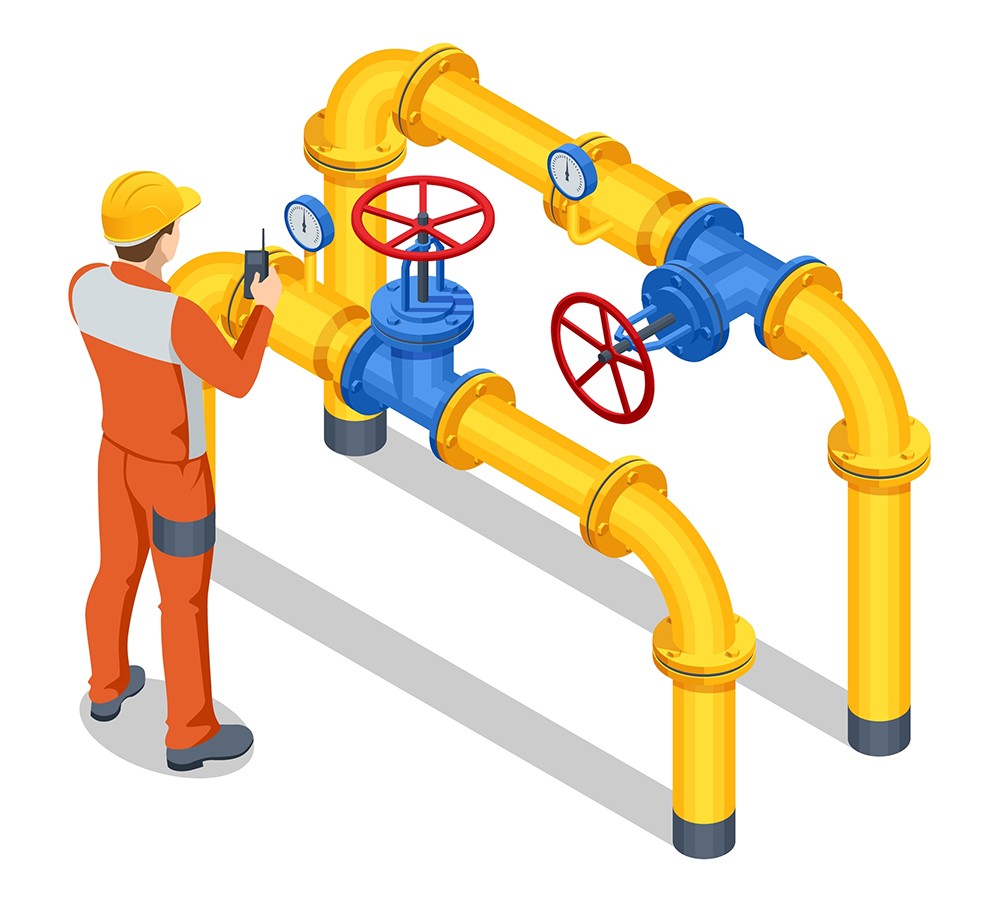The 8 Core Pillars of Total Productive Maintenance

Every manufacturer strives for reliability. A reliable value stream is a productive one, and productivity relies largely on how well assets within the value stream are managed and maintained. To prevent problems from arising, manufacturers must adopt a proactive approach, like that found with a Total Productive Maintenance (TPM) program. There’s a clear path between TPM and reliability, measurable through an Overall Equipment Efficiency (OEE) metric.
What is Total Productive Maintenance (TPM)?
Total Productive Maintenance (TPM) is a holistic approach to equipment maintenance. It encompasses not only the equipment and machines on the factory floor, but also the employees and processes involved in maintaining them. The TPM philosophy says that every member of a manufacturing organization plays a role in reliability — from upper management promoting TPM as corporate policy to operators taking ownership of day-to-day maintenance.
TPM strategies stress the importance of preventive and routine maintenance models to reduce downtime and boost production. Manufacturing teams should understand that TPM is a program — not just an approach or a plan. It requires a commitment to constant, continuous attention to achieve three key goals: zero unplanned failures, zero product defects, and zero accidents.
The 8 core pillars of a TPM approach
- Autonomous maintenance. Operators “own” a facility’s assets. They must take responsibility for the day-to-day maintenance of the machines they run. From cleaning to regular lubrication, operators should perform everyday maintenance tasks, looking for and reporting early signs of deterioration to prevent downtime.
- Planned maintenance. Upper-level management and operators alike should share preventive and planned maintenance schedules. Maintenance managers and technicians should train and support operators to meet key goals.
- Quality maintenance. By sharing responsibility for machine operation and maintenance, manufacturing teams can foster an environment that encourages input from all levels of the organization — from upper-level management to equipment operators — to share quality improvement ideas.
- Focused improvement. Team leaders should work with equipment operators across the factory floor, prioritizing preventive maintenance and improvements.
- Early equipment management. Relying on data from maintenance reports, team leaders should proactively anticipate and plan for parts and equipment lifecycles.
- Training and education. Organizations should provide opportunities for continuous improvement, including operator and work area education. Ongoing support improves not only retention and efficiency, but also team morale.
- Safety, health, and environment. Facility-wide safety should remain the top priority for all organizations. Supporting safety, health, and environmental goals provides a positive impact, sustaining the success of a TPM program.
- TPM in administration. All members of the management team — from maintenance managers to floor managers — should track and understand data gained from other pillars, sharing outcomes with team leaders and operators in all work areas.

Measuring TPM and its effectiveness
As the gold standard for productivity, Overall Equipment Effectiveness (OEE) provides insight into how productive a program is against expected productivity. Team leads and managers should rely on data — including past data from maintenance reports and real-time information from equipment operators — to measure the following OEE criteria at regular intervals:
- Availability. The percentage of time equipment or processes are available.
- Performance. A measure of how well a process performs against set targets.
- Quality. The percentage of good parts that result from equipment and processes.
An effective TPM program results in a higher OEE rating and, in turn, better reliability for equipment across the factory floor. But a comprehensive TPM strategy doesn’t come easy: It takes team commitment, effective frameworks, and a continual drive to pursue more efficient processes.